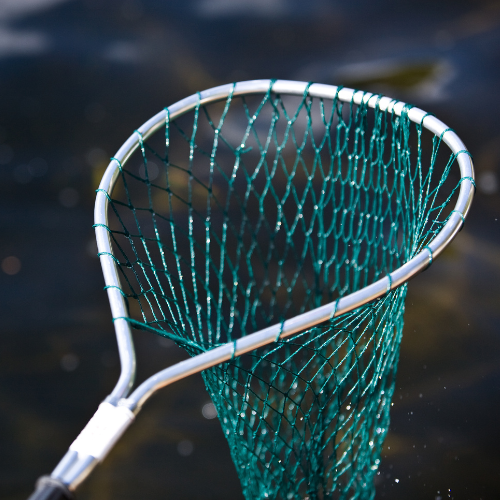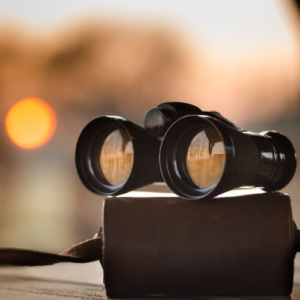
28 Aug Catch Pests Before They Strike
Early Pest Damage Alerts
Pest damage can quickly escalate if not detected early. Identifying issues before they become severe helps protect your property and plants. Whether you’re a homeowner or a business owner in South Florida, staying vigilant is crucial. Here’s how you can spot pest damage early and take action to prevent further harm.
Pest damage can quickly escalate if not detected early. Identifying issues before they become severe helps protect your property and plants. Regular inspections and an understanding of common pest problems are essential for early detection. In South Florida, the warm climate creates a favorable environment for various pests, making vigilance even more important. Whether you’re a homeowner or a business owner in South Florida, staying vigilant is crucial. By recognizing the early signs of pest damage and understanding the specific risks in your area, you can take proactive steps to prevent further harm and maintain a healthy, thriving environment. Here’s how you can spot pest damage early and take action to prevent further harm.
What to Look For
One of the first indicators of pest damage is often visible damage to your plants and trees. Look for chewed leaves, holes, and unusual spots or discolorations. Aphids, for instance, can cause plants to appear wilted and stunted due to their feeding habits. Caterpillars might leave behind holes in leaves, making them look ragged and unhealthy. The presence of tiny holes or holes that seem to be surrounded by a webbing could indicate spider mites or other small pests.
Inspecting the undersides of leaves can reveal pests like spider mites or scale insects. These pests often leave sticky residue or tiny eggs behind. Regular inspections, especially during the growing season, are key to catching these signs early. Affected plants might also exhibit yellowing leaves or distorted growth patterns, indicating underlying pest problems.
Pests don’t only target plants; they can also cause damage to structures and property. Look for signs like holes in wooden surfaces or frayed wiring, which could indicate rodent infestations. Termites, known for their destructive potential, might cause wood to sound hollow when tapped. In commercial spaces, you might find droppings or gnaw marks on furniture or walls. Early detection of these signs can prevent costly repairs and major infestations.
Regularly inspect your property for any signs of pest activity. This includes checking for droppings, nests, or other evidence that pests are present. Maintaining vigilance in both indoor and outdoor areas ensures that you can address problems before they escalate.
Identifying Pest Impact
Different pests cause varying types of damage to plants. For instance, beetles and caterpillars can defoliate plants, leading to reduced growth and yield. Root-feeding insects like grubs can cause plants to wilt and die as they damage the root system. Whiteflies and aphids suck plant sap, weakening plants and potentially transmitting diseases. Identifying these pests early is crucial to mitigate their impact on your garden or landscape.
Monitor plants closely for any changes in appearance or growth. Regular checks can help you spot pests before they cause extensive damage. Using traps or natural predators can also assist in controlling these pests effectively.
Structural pests, such as termites and rodents, can cause significant damage to buildings and infrastructure. Termites can undermine wooden structures, causing severe damage that might go unnoticed until it’s too late. Rodents can chew through wires, insulation, and even walls, leading to potential fire hazards and structural weaknesses. Identifying these issues early prevents costly repairs and maintains the safety and integrity of your property.
Inspect areas such as crawl spaces, attics, and basements regularly. Look for signs of damage, like chewed wires or soft, damaged wood. Early intervention can prevent further damage and more expensive repair costs.
Inspecting for Pests
Regular inspections are essential to catching pest problems early. Schedule routine checks for your plants, trees, and property. Look for signs of pest activity and damage. Using pest monitoring devices like traps can help you detect pests before they become a major issue. Early identification allows you to take action before the problem worsens.
For plants, inspect them regularly, especially during the growing season. Check for signs of wilting, unusual spots, or pests on the leaves. For structures, inspect areas where pests are likely to enter, such as cracks and gaps. Addressing issues promptly helps prevent larger infestations and damage.
Maintaining a clean and well-kept environment is crucial for preventing pest problems. Ensure that your property is free of clutter, which can provide hiding spots for pests. Keep plants healthy by providing proper nutrition and water. Healthy plants are less likely to be affected by pests and diseases.
For structures, seal any cracks or gaps that pests might use to enter. Regularly clean areas where pests might congregate, such as kitchens and storage areas. Proper maintenance and hygiene reduce the risk of pest infestations and help keep your property in good condition.
Conclusion
Identifying pest damage early is crucial for preventing significant problems and protecting your property. Regular inspections, understanding the types of damage pests cause, and implementing preventive measures can help you stay ahead of potential infestations. Whether you’re dealing with pests in your garden or around your property, staying vigilant and proactive is key.
At Pest Busterzz, a family-owned organic pest control company, we understand the importance of early detection and effective management. By following these guidelines, you can protect your home or business from pest damage and ensure a healthy, safe environment. Regular monitoring and prompt action are your best defenses against pest problems.






No Comments